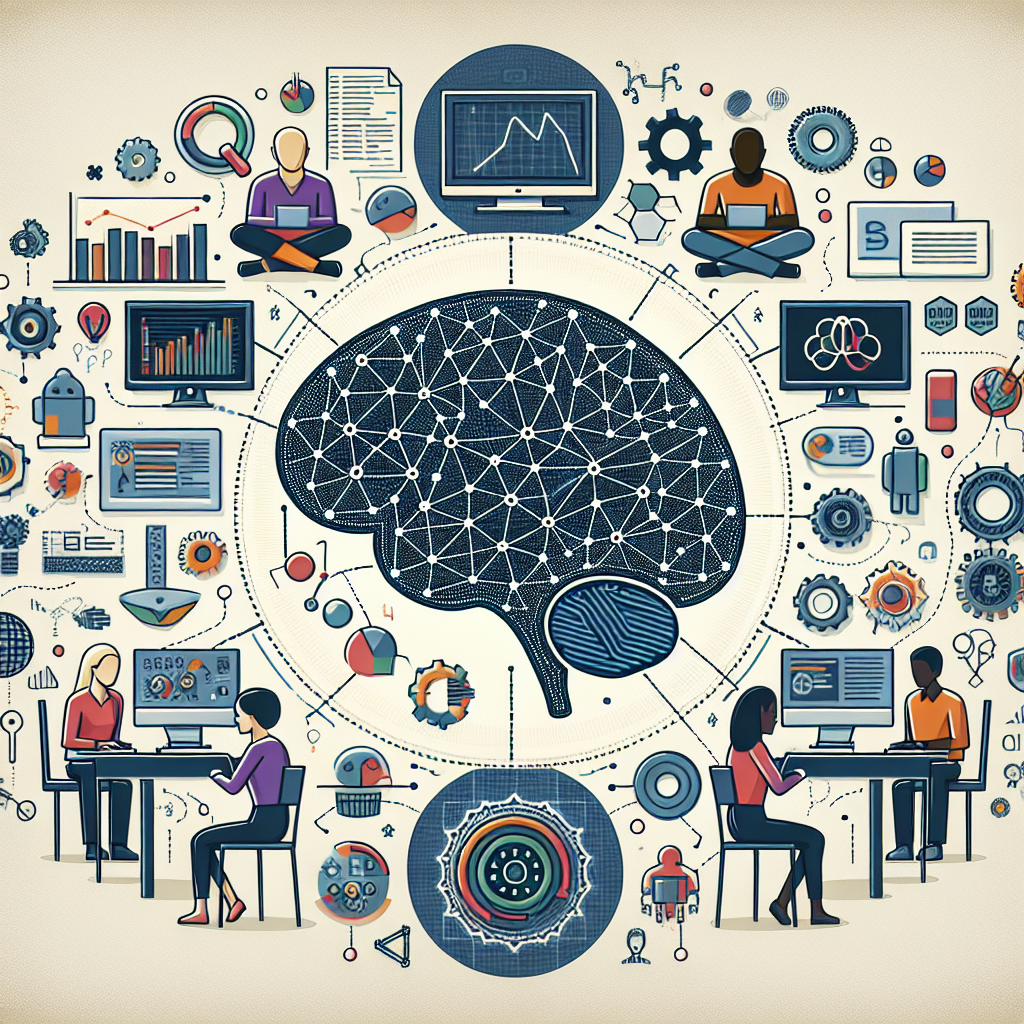
Machine learning (ML) is a subset of artificial intelligence (AI) that focuses on the development of algorithms that allow computers to learn from and make predictions based on data. As technology continues to evolve, the importance of machine learning in various sectors has become increasingly evident. This article aims to provide a comprehensive introduction to machine learning, its types, applications, and the future it holds.
What is Machine Learning?
At its core, machine learning is about creating systems that can learn from data, identify patterns, and make decisions with minimal human intervention. Unlike traditional programming, where explicit instructions are given, machine learning algorithms improve their performance as they are exposed to more data over time.
- Data-Driven: Machine learning relies heavily on data. The more data an algorithm has, the better it can learn and make accurate predictions.
- Adaptive: These algorithms can adapt to new data, allowing them to improve over time without needing to be reprogrammed.
Types of Machine Learning
Machine learning can be broadly categorized into three types: supervised learning, unsupervised learning, and reinforcement learning. Each type serves different purposes and is used in various applications.
- Supervised Learning: In this approach, the algorithm is trained on a labeled dataset, meaning that the input data is paired with the correct output. Common applications include spam detection in emails and image recognition.
- Unsupervised Learning: Here, the algorithm is given data without explicit instructions on what to do with it. It must find patterns and relationships on its own. Examples include customer segmentation and anomaly detection.
- Reinforcement Learning: This type involves training algorithms through a system of rewards and penalties. It is commonly used in robotics and game playing, such as AlphaGo, which defeated a world champion in the game of Go.
Applications of Machine Learning
The applications of machine learning are vast and varied, impacting numerous industries. Here are some notable examples:
- Healthcare: Machine learning algorithms are used for predictive analytics, helping in early diagnosis of diseases and personalized treatment plans.
- Finance: In the financial sector, ML is employed for fraud detection, risk assessment, and algorithmic trading.
- Retail: Retailers use machine learning for inventory management, customer recommendations, and optimizing supply chains.
- Transportation: Self-driving cars utilize machine learning to navigate and make real-time decisions based on their environment.
Challenges and Future of Machine Learning
Despite its potential, machine learning faces several challenges, including:
- Data Privacy: The collection and use of personal data raise significant privacy concerns.
- Bias in Algorithms: If the training data is biased, the algorithm’s predictions will also be biased, leading to unfair outcomes.
- Interpretability: Many machine learning models, especially deep learning models, are often seen as “black boxes,” making it difficult to understand how they arrive at specific decisions.
Looking ahead, the future of machine learning is promising. As technology advances, we can expect:
- Increased integration of ML in everyday applications.
- Improved algorithms that require less data to learn effectively.
- Greater emphasis on ethical AI practices to address bias and privacy concerns.
Conclusion
Machine learning is a transformative technology that is reshaping industries and enhancing our daily lives. By understanding its fundamentals, types, applications, and challenges, we can better appreciate its potential and navigate the complexities it presents. As we move forward, embracing machine learning responsibly will be crucial in harnessing its benefits while mitigating its risks.
“`
